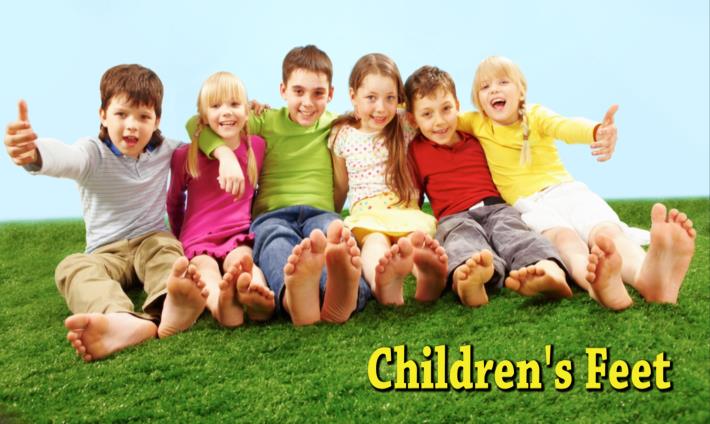
A pair of healthy feet last a lifetime, and the best way to ensure that is by caring for your child’s feet. As your child grows, regular monitoring of the feet development is necessary for early detection of any unusual changes. These foot problems should be resolved early by seeking baby feet treatment from a pediatric foot doctor. The child’s feet ligaments and muscles need time to develop stiffness because their bones are soft with flexible cartilage that hardens over time, until their teenage years.
How to keep your child’s feet healthy
- Encourage your child to walk around barefoot or with soft-soled shoes as much as possible. It is terrific for growing feet because the soles of the feet send sensory information from the ground. The foot muscles develop and get stronger and allow air circulation around the entire foot.
- Kid’s feet are always moist and sweaty; they need to be washed and dried daily. Pay special attention when drying between the toes to avoid athlete’s foot kids.
- Always keep the toenails trimmed in a straight line without cutting around the corner. Long toenails dig into other nails and shoes causing the feet discomfort.
- Choose the right footwear; socks should not be too tight because it affects circulation. The socks should have at least 50 percent of cotton or wool that allows the feet to breathe. Children outgrow their shoes quickly, and immediately you notice the kid’s shoes do not fit replace them to avoid damaging the feet. Ensure your child wears a shoe with comfortable length and width with plenty of room for the toes. The part of the shoe that goes around the back of the heel should be solid hard and use fasteners to prevent unnecessary movement of the foot inside the shoe.
Common foot problems in kids
Baby flat feet – Child’s feet look flatter than an adult foot. The feet are flexible, but within six years, the child’s normal arches should have developed. If you notice your child is experiencing foot pain, or seem to be having a hard time walking, see a children’s foot doctor for further guidance.
Corns – This is due to excess pressure from too-tight shoes, causing accumulation and hardening of the skin.
Bunions –The inflammation of the big toe.
Ingrown toenails – Caused by incorrect toenail cutting and tight shoes forcing the edge of the toenails down to the skin.
Feet that turn inwards –Feet turning can happen on the upper leg, lower leg, or the foot. When a child starts to walk from eight months of age, their feet appear flat and they turn inwards. The flat-footedness improves with the strengthening of the feet muscles. Visit a pediatric foot doctor if the feet turning is severe, if it does not improve with age, or it affects just one leg.
If you notice the excess tripping in your school-going child, or abnormally shaped toes, or the child complains of pain, or they have a sudden change in their walk, seek kids podiatrist’s opinion. If you have questions about caring for your child’s feet, you should reach out to a foot specialist for his/her expert advice. Feel free to contact our office to make an appointment with our podiatrist. Our foot and ankle doctor, Dr. Ejodamen Shobowale can provide you with the care you need to keep you pain-free on your feet.